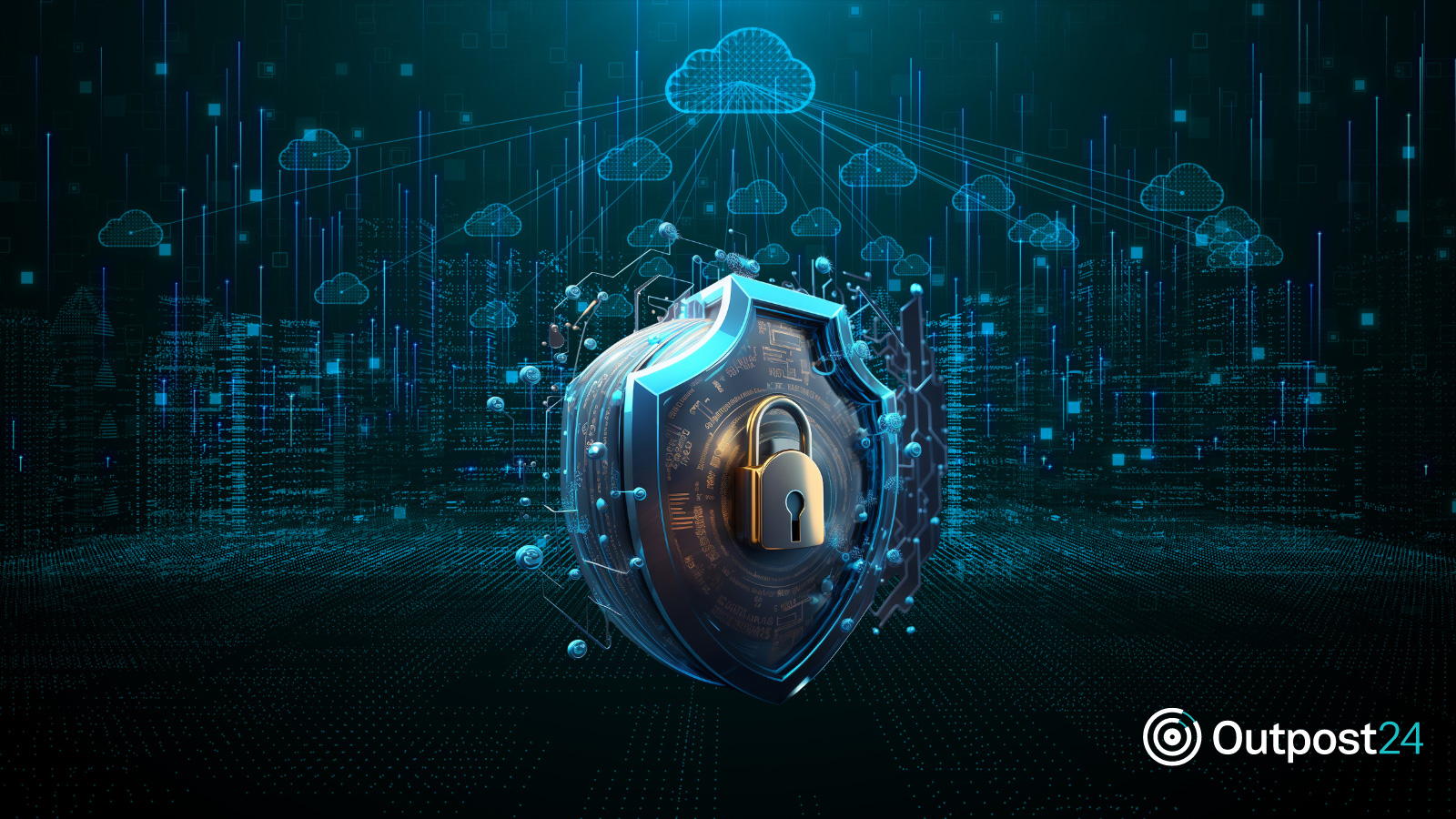Insider risk management: Where your program resides shapes its focus

Choi says that while the information security team is ultimately responsible for
the proactive protection of an organization’s information and IP, most of the
actual investigation into an incident is generally handled by the legal and HR
teams, which require fact-based evidence supplied by the information security
team. “The CIO/CISO team need to be able to supply facts and evidence in a
consumable, easy-to-understand fashion and in the right format so their legal
and HR counterparts can swiftly and accurately conduct their investigation.” ...
Water flows downhill and so does messaging on topics that many consider
ticklish, such as IRM programs. Payne noted that “few, if any CEOs wish to
discuss their threat risk management programs as it projects negativity — i.e.,
‘we don’t trust you’ and they prefer to have positive messaging.” Few CISOs
enjoy having an IRM program under their remit as “who wants to monitor
their colleagues?” Payne adds, “Whacking external threats is easy; when it’s
your colleague it becomes more problematic.”
What is the medallion lakehouse architecture?
The medallion architecture describes a series of data layers that denote the
quality of data stored in the lakehouse. Databricks recommends taking a
multi-layered approach to building a single source of truth for enterprise data
products. This architecture guarantees atomicity, consistency, isolation, and
durability as data passes through multiple layers of validations and
transformations before being stored in a layout optimized for efficient
analytics. The terms bronze (raw), silver (validated), and gold (enriched)
describe the quality of the data in each of these layers. It is important to
note that this medallion architecture does not replace other dimensional
modeling techniques. Schemas and tables within each layer can take on a variety
of forms and degrees of normalization depending on the frequency and nature of
data updates and the downstream use cases for the data. Organizations can
leverage the Databricks Lakehouse to create and maintain validated datasets
accessible throughout the company.
AppSec ‘Worst Practices’ with Tanya Janca

Having reasonable service-level agreements is so important. When I work with
enterprise clients, they already have tons of software that’s in production
doing its thing, but they’re also building and updating new stuff. So I have
two service-level agreements and one is the crap that was here when I got
here and the other stuff is all the beautiful stuff we’re making now. So
I’ll set up my tools so that you can have a low vulnerability, but if it’s
medium or above, it’s not going to production if it’s new. But all the stuff
that was there when I scanned for the first time, we’re going to do a slower
service-level agreement. That way we can chip away at our technical debt.
The first time I came up with parallel SLAs was when this team lead asked,
“Am I going to get fired because we have a lot of technical debt, and it
would literally take us a whole year just to do the updates from the little
software compositiony thing you were doing.” “No one’s getting fired!” I
said. So that’s how we came up with the parallel SLAs so we could pay legacy
technical debt down slowly like a student loan versus handling new
development like credit card debt that gets paid every single month. There’s
no running a ticket on the credit card!
Revolutionizing the Nine Pillars of DevOps With AI-Engineered Tools
Leadership Practices: Leadership is vital to drive cultural changes, set
vision and goals, encourage collaboration and ensure resources are allocated
properly. Strong leadership fosters a successful DevOps environment by
empowering teams and supporting innovation. AI can assist leaders in
decision-making by analyzing large datasets to identify trends and predict
outcomes, providing valuable insights to guide strategic planning.
Collaborative Culture Practices: DevOps thrives in a culture of openness,
transparency and shared responsibility. It’s about breaking down the silos
that can exist between different teams and promoting effective communication
and collaboration. AI-powered tools can improve collaboration through smart
recommendations, fostering more effective communication and knowledge
sharing. Design-for-DevOps Practices: This involves designing software in a
way that supports the DevOps model. This can include aspects like
microservices architecture, modular design and considering operability and
deployability from the earliest stages of design.
The ethics of innovation in generative AI and the future of humanity

Humans answer questions based on our genetic makeup (nature), education,
self-learning and observation (nurture). A machine like ChatGPT, on the
other hand, has the world’s data at its fingertips. Just as human biases
influence our responses, AI’s output is biased by the data used to train it.
Because data is often comprehensive and contains many perspectives, the
answer that generative AI delivers depends on how you ask the question. AI
has access to trillions of terabytes of data, allowing users to “focus”
their attention through prompt engineering or programming to make the output
more precise. This is not a negative if the technology is used to suggest
actions, but the reality is that generative AI can be used to make decisions
that affect humans’ lives. ... We have entered a crucial phase in the
regulatory process for generative AI, where applications like these must be
considered in practice. There is no easy answer as we continue to research
AI behavior and develop guidelines
7 CIO Nightmares And How Enterprise Architects Can Help

The deeper you dig into cyber security, the more you find. Do you know what
data your business actually needs to secure? A mission-critical application
might be dependent on a spreadsheet in an outdated system. That data may be
protected under regulation, but supplied from a cloud-based application
that's reliant on open-source coding, and so on. Every CIO needs to know the
top-ten, mission-critical, crown jewel applications and data centers that
their business cannot live without, and what their connections and
dependencies are. Each needs to have a clear plan of action in case of a
security breach. The Solution: Mapping your tech stack with an
enterprise architecture management (EAM) tool allows you to see exactly how
mission critical each application is. This equates one-to-one with how much
you need to invest in cyber security for each area. You can also gain
clarity on which application is dependent on which platform. Likewise, you
can find where crucial data is stored and where it feeds to.
7 Stages of Application Testing: How to Automate for Continuous Security

Pen testing allows organizations to simulate an attack on their web
application, identifying areas of weaknesses that could be exploited by a
malicious attacker. When done correctly, pen testing is an effective way to
detect and remediate security vulnerabilities before they can be exploited.
... Traditional pen testing delivery often takes weeks to set up and the
results are point in time. With the rise of DevOps and cloud technology,
traditional once-a-year pen testing is no longer sufficient to ensure
continuous security. To protect against emerging threats and
vulnerabilities, organizations need to execute ongoing assessments:
continuous application pen testing. Pen Testing as a Service (PTaaS)
offers a more efficient process for proactive and continuous security
compared to traditional pen testing approaches. Organizations are able to
access a view into to their vulnerability finding in real time, via a portal
that displays all relevant data for parsing vulnerabilities and verify the
effectiveness of a remediation as soon as vulnerabilities are discovered.
Technological Innovation Poses Potential Risk of Rising Agricultural Product Costs
While technology has undeniably improved farming practices, its
implementation requires significant financial investment. The upfront costs
associated with purchasing advanced machinery, upgrading infrastructure, and
adopting new technologies can burden farmers, particularly smaller-scale
operations. These costs can ultimately be passed on to consumers,
potentially leading to an increase in the prices of agricultural products.
The seductive promises of cutting-edge machinery, precision agriculture, and
genetically modified crops have mesmerised farmers worldwide. It is true,
these technological marvels have unleashed unprecedented efficiency, capable
of revolutionising the way we grow and harvest our sustenance. Yet, in their
wake, they leave a trail of exorbitant expenses, shaking the very foundation
of the agricultural landscape. ... Modern farming equipment is often
equipped with advanced technology and features that improve efficiency,
precision, and productivity.
Open Source Jira Alternative, Plane, Lands

Indeed, “Plane is a simple, extensible, open source project and product
management tool powered by AI. It allows users to start with a basic
task-tracking tool and gradually adopt various project management frameworks
like Agile, Waterfall, and many more, wrote Vihar Kurama, co-founder and COO
of Plane, in a blog post. Yet, “Plane is still in its early days, not
everything will be perfect yet, and hiccups may happen. Please let us know
of any suggestions, ideas, or bugs that you encounter on our Discord or
GitHub issues, and we will use your feedback to improve on our upcoming
releases,” the description said. Plane is built using a carefully selected
tech stack, comprising Next.js for the frontend and Django for the backend,
Kurama said. “We utilize PostgreSQL as our primary database and Redis to
manage background tasks,” he wrote in the post. “Additionally, our
architecture includes two microservices, Gateway and Pilot. Gateway serves
as a proxy server to our database, preventing the overloading of our primary
server, while Pilot provides the interface for building integrations.
...”
Emerging AI Governance is an Opportunity for Business Leaders to Accelerate Innovation and Profitability
Firstly, regulation can help establish clear guidelines and standards for
developing and deploying AI systems, for example, standards in accuracy,
reliability, and risk management. Such guidelines can provide a stable and
predictable framework for innovation, reducing uncertainty and risk in AI
system development. This will increase participation in the field from
developers and encourage greater investment from public and private
organizations, thereby boosting the industry as a whole. ... Governments and
governance organizations have a strong history of successfully investing in
AI technologies and their inputs (e.g., Open Data Institute, Horizon
Europe), as well as acting as demand side stimulators for long-term,
high-risk innovations that are the foundations of many of the technologies
we use today. Such examples include innovation at DARPA that formed the
foundations of the Internet, or financial support to novel technologies
through subsidy systems e.g., consumer solar panels.
Quote for the day:
"Try not to become a man of success but a man of value." --
Albert Einstein
No comments:
Post a Comment